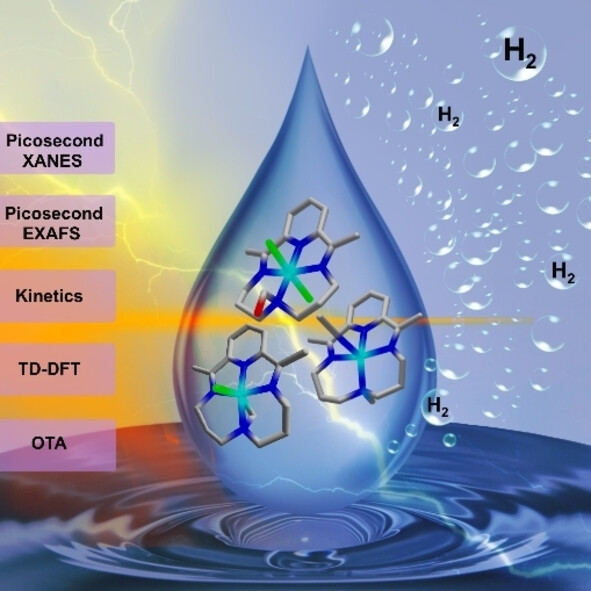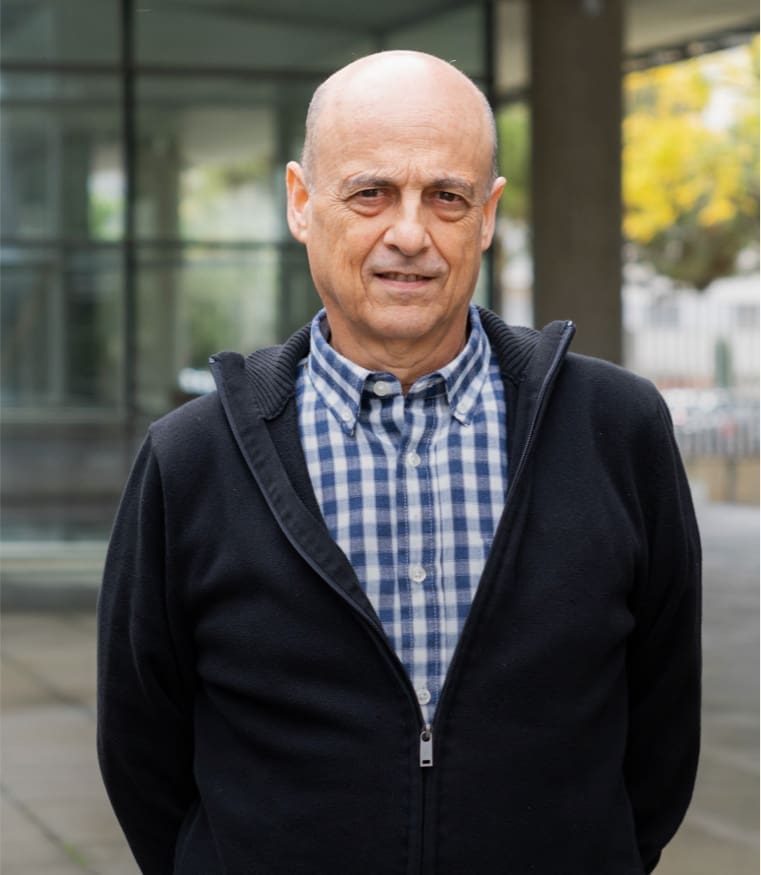Mapping the Ultrafast Mechanistic Pathways of Co Photocatalysts in Pure Water through Time-Resolved X-ray Spectroscopy
Nanosecond time-resolved X-ray (tr-XAS) and optical transient absorption spectroscopy (OTA) are applied to study 3 multimolecular photocatalytic systems with [Ru(bpy)3]2+photoabsorber, ascorbic acid electron donor and Co catalysts with methylene (1), hydroxomethylene (2) and methyl (3) amine substituents in pure water. OTA and tr-XAS of 1 and 2 show that the favored catalytic pathway involves reductive quenching of the excited photosensitizer and electron transfer to the catalyst to form a CoII square pyramidal intermediate with a bonded aqua molecule followed by a CoI square planar derivative that decays within approximate to 8 mu s. By contrast, a CoI square pyramidal intermediate with a longer decay lifetime of approximate to 35 mu s is formed from an analogous CoII geometry for 3 in H2O. These results highlight the protonation of CoI to form the elusive hydride species to be the rate limiting step and show that the catalytic rate can be enhanced through hydrogen containing pendant amines that act as H-H bond formation proton relays. Co-based molecular photocatalysts: Nanosecond optical and X-ray absorption spectroscopy with theoretical calculations reveal a complete mechanistic pathway followed by 3 Co-based photocatalysts in pure water and show that the protonation of the CoI intermediate can be enhanced through introduction of terminal hydrogen containing amine substituents that function as efficient proton relays.image

L. Velasco, C.M. Liu, X.Y. Zhang, S. Grau, M. Gil-Sepulcre, C. Gimbert-Suriñach, A. Picón, A. Llobet, S. DeBeer, D. Moonshiram, D
ChemSusChem 2023
DOI:
10.1002/cssc.202300719

Let's create a brighter future
Join our team to work with renowned researchers, tackle groundbreaking
projects and contribute to meaningful scientific advancements




















